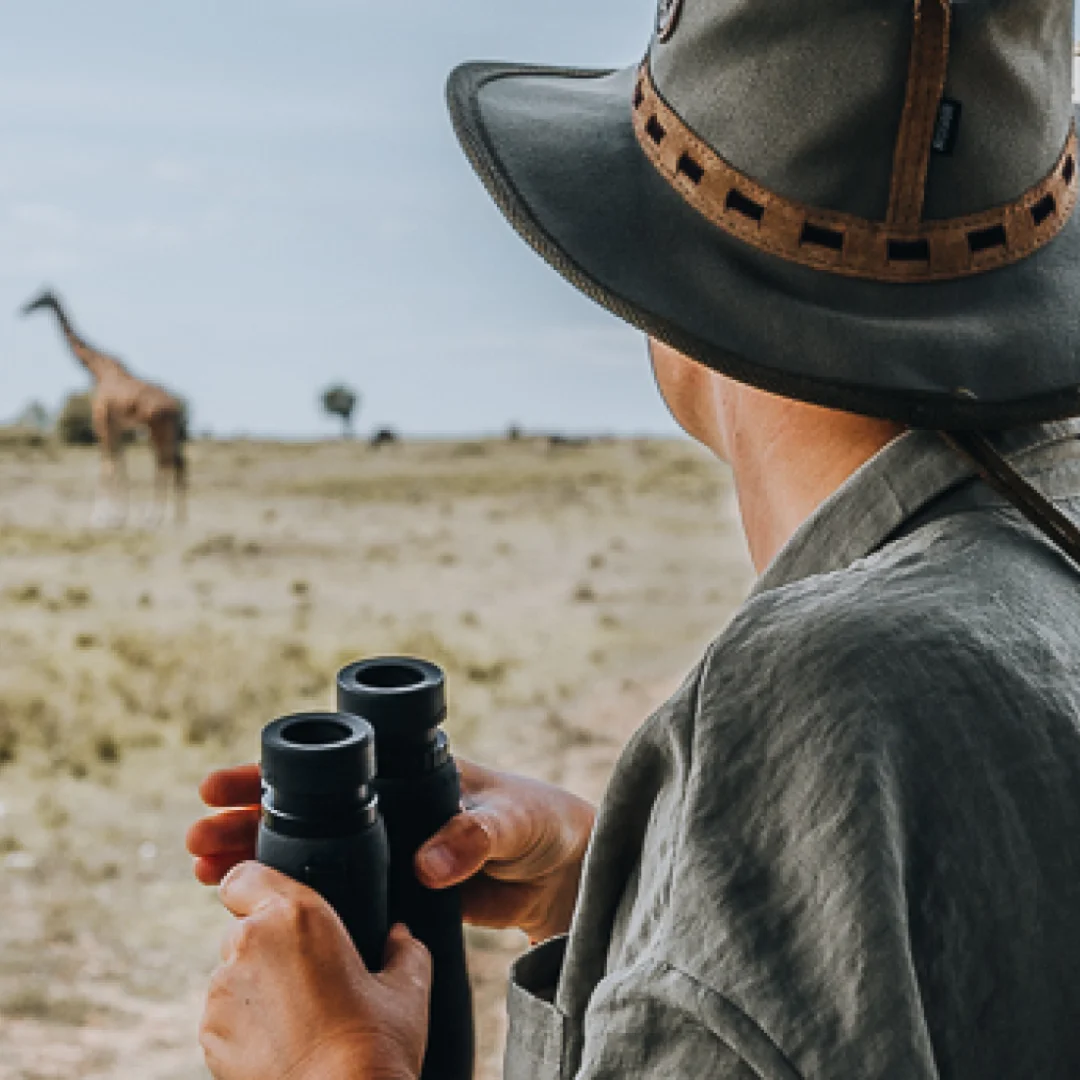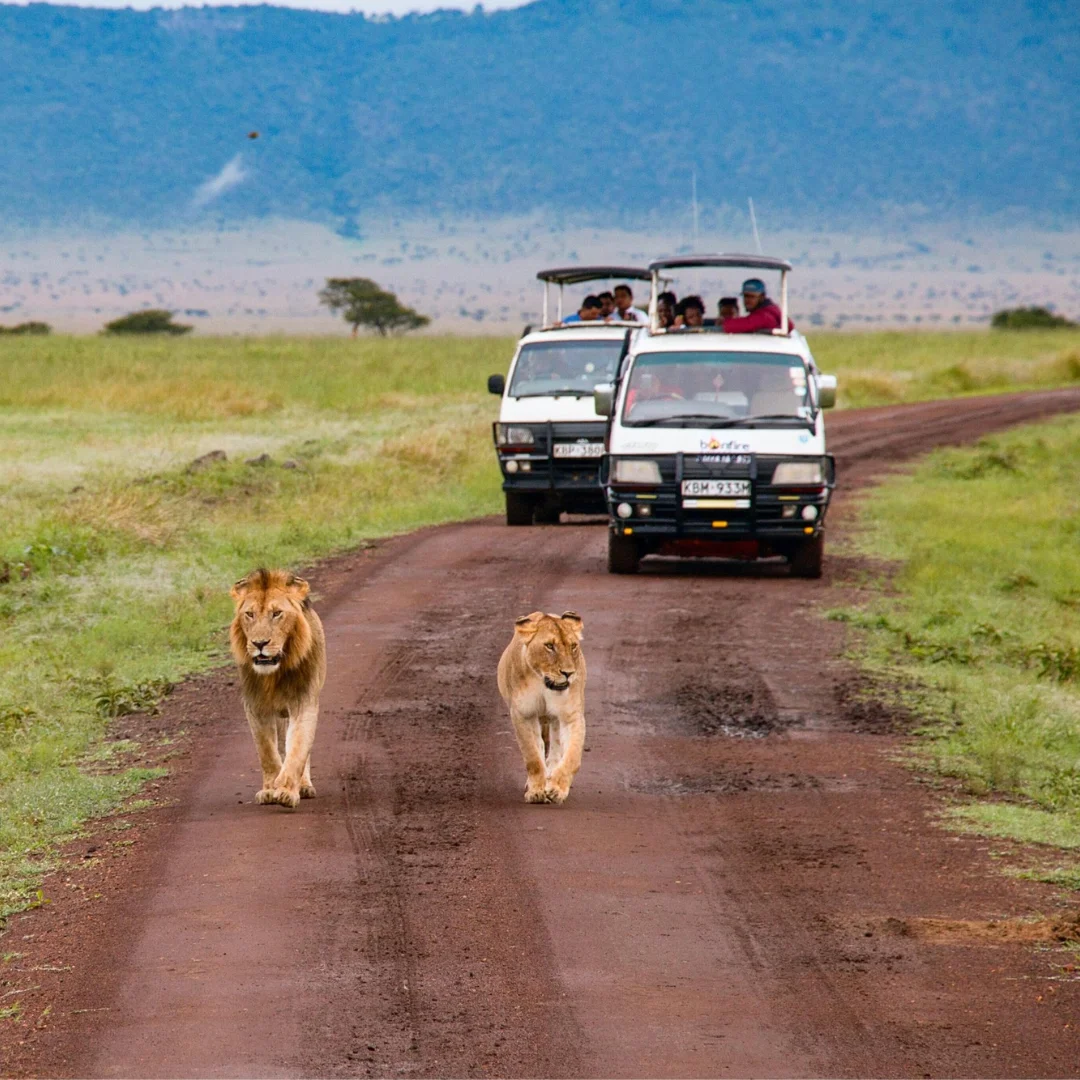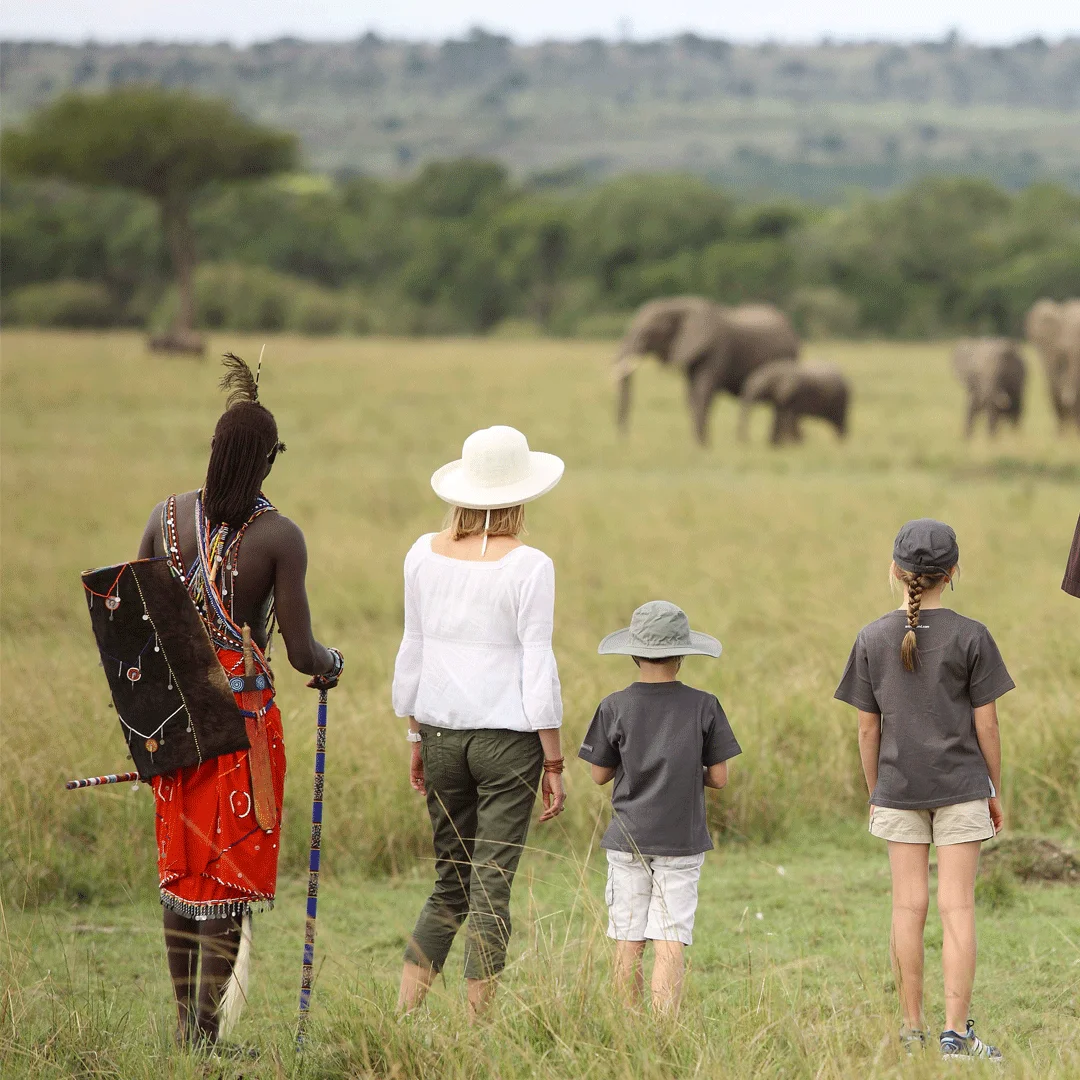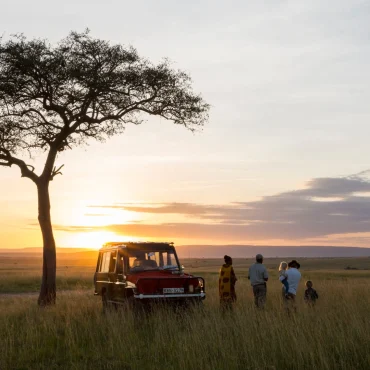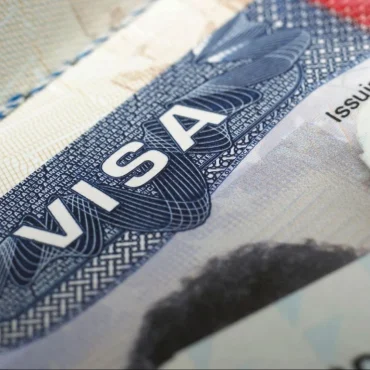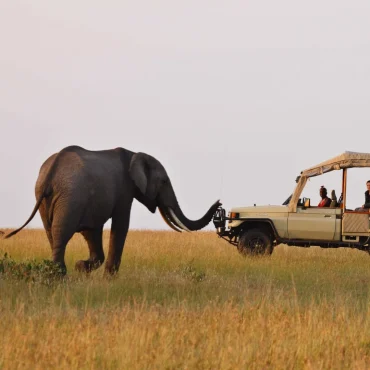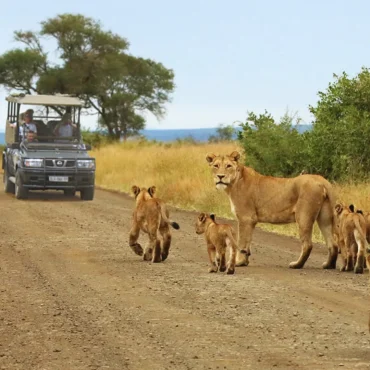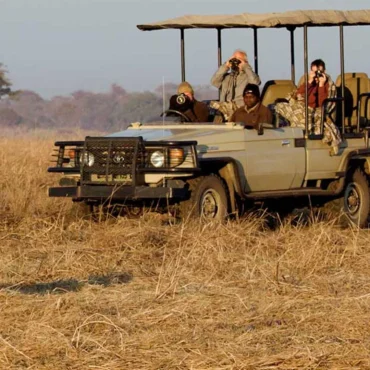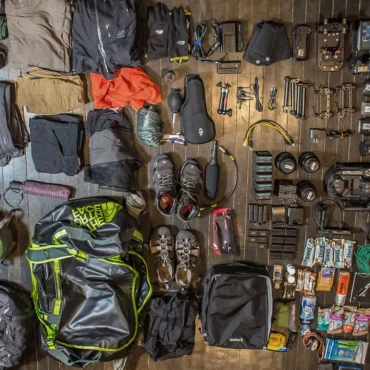With our Comprehensive Travel Guide
Kenya is a fantastic place to explore. You can start in Nairobi, the capital, and quickly find yourself among some of the world’s most famous wildlife. Whether you’re new to safaris or a seasoned pro, you’ll find plenty to see, from the dramatic Great Migration of wildebeest and zebras to quiet moments watching sunsets over the savanna.
There’s more to do than just wildlife watching on Kenya Safaris—you can climb mountains, relax on beautiful beaches, and meet welcoming local communities.A good travel guide can help you figure out where to go, what to see, and how to stay safe while you’re there. It makes planning your trip easy so you can enjoy every moment. So, let’s start reading our Kenya Travel Guide.
Your Kenya Travel Handbook
Kenya Travel Guide FAQs
Kenya is in East Africa, bordered by Somalia, Tanzania, Ethiopia, Sudan, and Uganda.
Nairobi is the capital and largest city of Kenya, known as the ‘Green City in the Sun’.
Kenya has a tropical climate. It’s hot and humid at the coast, temperate inland, and very dry in the north and northeast.
The best time to visit is during the dry months, January and February, and from June to September when the weather is pleasant and wildlife is easier to spot.
Kenya is a democratic republic with a president who is both head of state and government. The government exercises executive power, and there is a National Assembly for legislative power.
The Kenyan Shilling (KES) is the local currency, divided into 100 cents. Coins come in denominations of 5c, 10c, 50c, 1 and 5 shillings, and notes in 5, 10, 20, 50, 100, 200, 500, and 1,000 shillings.
Banks typically open from Monday to Friday, 9:00 AM to 2:00 PM, extending to 4:30 PM in bigger cities. Airport banks may stay open until midnight.
Tipping is appreciated but not mandatory. In restaurants, 10% of the bill is customary. For safari guides, $2-$5 per person per day is typical.
Stay vigilant in big cities like Nairobi, avoid walking at night, and don’t display valuables. Be cautious in the north near the borders due to safety concerns.
The voltage is 220/240 volts AC, 50HZ, using 3-point square plugs. It’s advisable to bring a voltage adapter for your devices for Safaris in Kenya.
What Customers Say About Us





